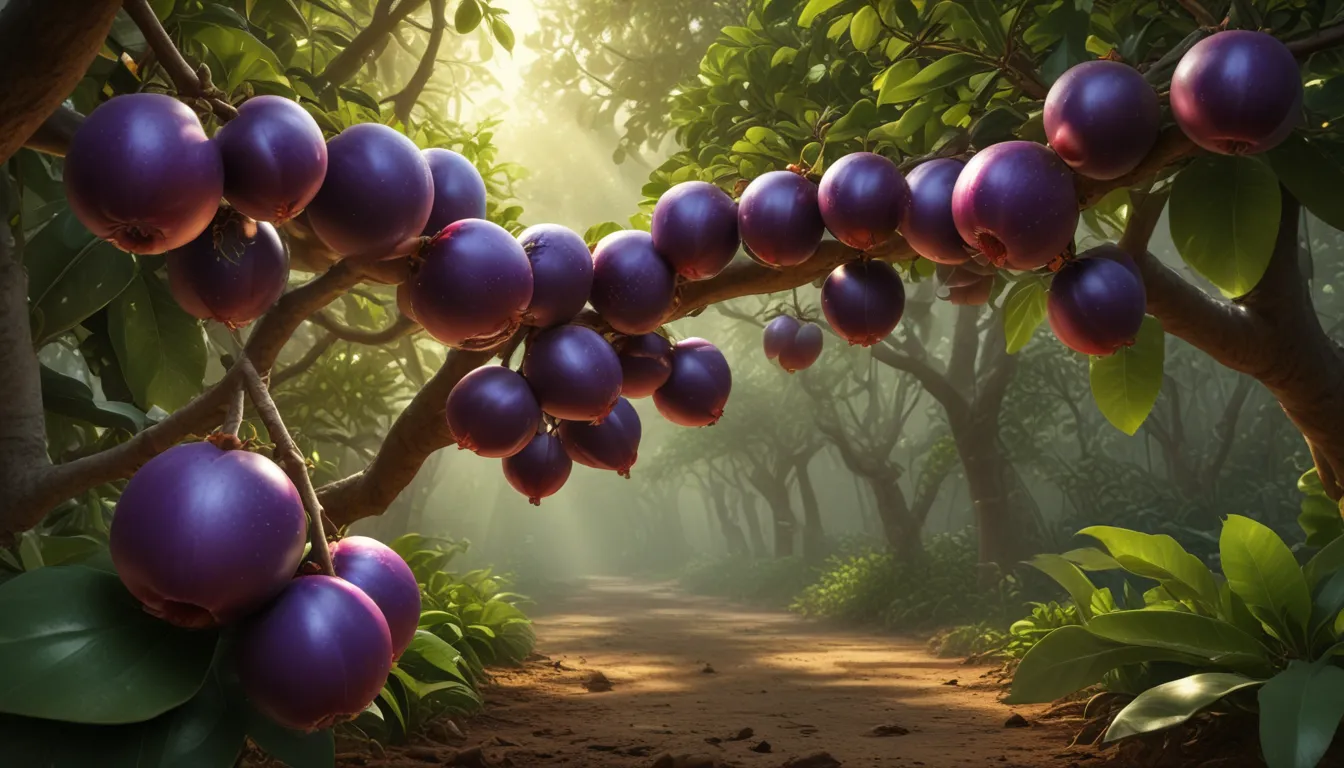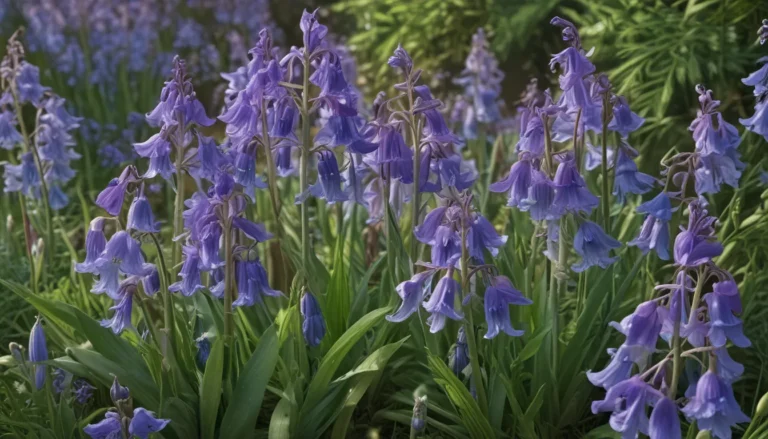The pictures we use in our articles might not show exactly what the words say. We choose these pictures to make you interested in reading more. The pictures work together with the words but don’t take their place. The words still tell you the important facts.
If you're a gardening enthusiast, nature lover, or simply intrigued by the wonders of the plant kingdom, the coco plum plant is sure to pique your interest. With its versatility, resilience, and ornamental beauty, this evergreen shrub native to the Americas has made a name for itself in the world of landscaping and gardening. In this article, we will delve into 18 fascinating facts about the coco plum plant, exploring its characteristics, uses, and cultural significance. Join us on an enlightening journey to uncover the allure and allure of this remarkable botanical gem!
Key Takeaways:
- Coco Plum is a versatile and resilient plant native to the Americas, known for its edible fruits, ornamental foliage, and cultural significance in traditional rituals.
- The plant is a valuable addition to gardens and landscapes, attracting wildlife, controlling erosion, and providing natural dye, making it an essential part of coastal ecosystems.
Exploring the World of Coco Plum Plants:
1. Native to the Americas:
The Coco Plum is native to the coastal areas of the Americas, from the southern United States to Brazil, and is commonly found in tropical and subtropical regions.
2. Evergreen Charm:
Coco Plum is an evergreen plant, meaning it retains its green foliage throughout the year, adding a vibrant touch to its surroundings.
3. Edible Delights:
The plant produces small, round, and edible fruits that are often used to make jams, jellies, and beverages due to their sweet and tangy flavor.
4. Ornamental Foliage:
With its glossy, dark green leaves, the Coco Plum adds an ornamental charm to gardens and landscapes, making it a popular choice for ornamental hedges.
5. Drought-Tolerant Warrior:
Coco Plum is highly adaptable to various soil types and is known for its remarkable drought tolerance, making it a resilient choice for landscaping in arid regions.
6. Salt-Tolerant Wonder:
Due to its ability to thrive in coastal environments, the Coco Plum is well-suited for landscaping in areas with high salt content in the soil.
7. Wildlife Magnet:
The plant's flowers and fruits attract a variety of wildlife, including birds and butterflies, making it a valuable addition to wildlife-friendly gardens.
8. Erosion Control Champion:
Coco Plum's extensive root system and dense foliage make it an effective choice for controlling erosion along coastlines and riverbanks.
9. Medicinal Marvel:
In traditional medicine, various parts of the Coco Plum plant are used to treat ailments such as diarrhea, sore throat, and skin conditions.
10. Cultivated for Beauty:
Coco Plum is a popular choice for landscaping due to its low maintenance requirements, ornamental foliage, and adaptability to diverse environmental conditions.
11. Natural Dye Palette:
The fruits of the Coco Plum can be used to create natural dyes, producing colors ranging from pink to purple, which have been utilized in traditional crafts.
12. Family Connections:
Belonging to the Chrysobalanaceae family, the Coco Plum is related to other tropical fruit-bearing plants, including the Panama berry and the cocoa tree.
13. Cultural Traditions:
In some indigenous cultures, the Coco Plum holds cultural significance and is used in traditional rituals and ceremonies.
14. Bee Haven:
The plant's flowers provide a vital source of pollen for bees, contributing to the pollination of other plants in its ecosystem.
Embracing the Versatility of Coco Plum Plants:
15. Coastal Restoration Ally:
Due to its ability to thrive in coastal environments, the Coco Plum is utilized in restoration projects aimed at rehabilitating coastal ecosystems.
16. Pest and Disease Resilience:
Coco Plum exhibits natural resistance to many pests and diseases, reducing the need for chemical interventions in its cultivation.
17. Hedges with Flair:
With its dense foliage and compact growth habit, the Coco Plum is a popular choice for creating attractive and functional hedges in landscapes.
Conclusion: Enhancing Your Outdoor Space with Coco Plum Plants
In conclusion, the Coco Plum plant is a versatile and attractive addition to any garden or landscape. With its lush foliage, edible fruit, and low maintenance requirements, it's no wonder that this plant has gained popularity among gardeners and homeowners. Whether used as a hedge, specimen plant, or for erosion control, the Coco Plum offers a range of benefits, including wildlife attraction and drought tolerance. Its adaptability to various soil types and climates further enhances its appeal. By incorporating this resilient and visually appealing plant into outdoor spaces, individuals can enjoy its beauty while contributing to a sustainable and biodiverse environment.
FAQs
What are the ideal growing conditions for Coco Plum plants?
Coco Plum plants thrive in well-draining soil and prefer full sun to partial shade. They are adaptable to various soil types, including sandy and loamy soils, and can tolerate salt spray, making them suitable for coastal landscapes.
Are Coco Plum fruits edible?
Yes, Coco Plum fruits are edible and can be consumed fresh or used in jams and jellies. They are known for their sweet and tangy flavor, making them a delightful addition to the culinary landscape.
Unveiling the Beauty of Coco Plum Plants
With its versatile nature, ecological significance, and cultural charm, the Coco Plum plant continues to enchant enthusiasts and environmentalists alike. Whether you're seeking to enhance your garden, support local wildlife, or simply appreciate the beauty of nature, the Coco Plum offers a wealth of benefits. From its ornamental foliage to its edible fruits, this remarkable plant is a true gem in the botanical world. So, why not consider adding a touch of Coco Plum magic to your outdoor space today?






